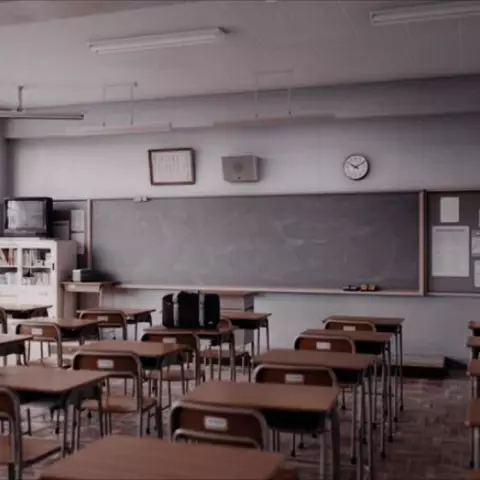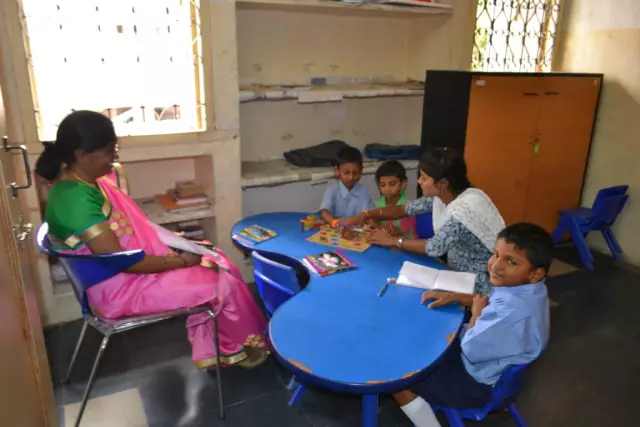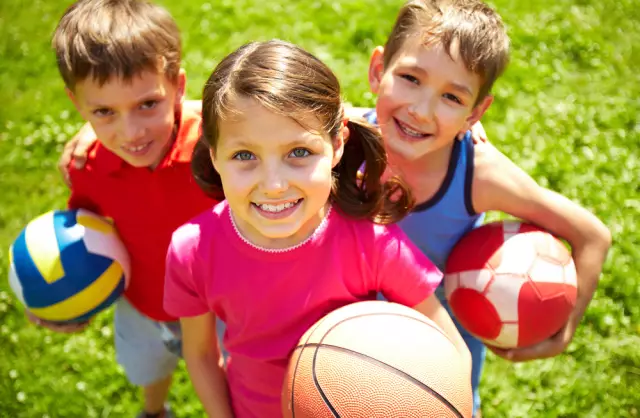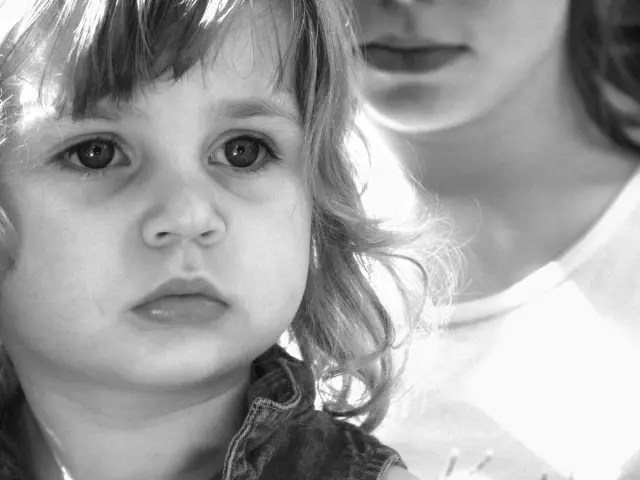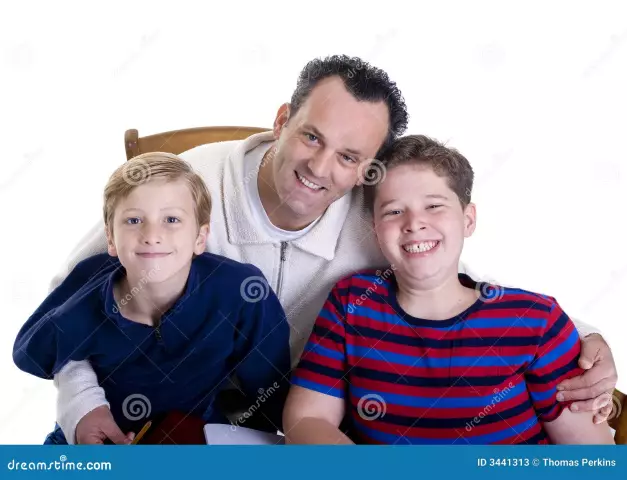- Author Rachel Wainwright [email protected].
- Public 2023-12-15 07:39.
- Last modified 2025-11-02 20:14.
Aesthetic education of children
Among the various directions of upbringing in preschool age, the aesthetic education of children stands apart. It is this that develops in the child a sense of beauty and craving for beauty.

General principles of aesthetic education
The laws of beauty mean striving for perfection and harmony, for inner and spiritual development.
In general, the aesthetic education of children means their assimilation of the rules of exemplary behavior, a benevolent attitude towards people, as well as the development of a desire to acquire cultural values. Speaking at a less global level, the aesthetic education of children helps to develop their creative abilities, instills in a child an artistic taste, and develops a craving for "beauty".
A variety of methods and means used in the aesthetic education of children helps to choose the most optimal and suitable methods for specific conditions. The choice of method depends on many conditions:
- The amount of artistic information;
- The quality of the artistic material;
- Forms of organization of activities;
- Type of activity;
- Child's age.
In addition, an important role in the aesthetic education of children is played by the level of training of the teacher of preschool education, his ability and skill.
The channels for receiving aesthetic information are diverse. This is a social environment, and natural phenomena, and the world of objects, and works of art, therefore, a holistic method of perceiving the plot of a fairy tale, picture or piece of music is very important. The teacher purposefully draws the child's attention to observing individual characters, their behavior and habits to help him see details (sounds, colors, shapes).
Methods of aesthetic education of preschool children
The classification of the methods of aesthetic education of children is rather difficult, since they are all closely interconnected with each other. Let's consider two main directions in which the methods of aesthetic education can be classified:
- By the method of obtaining aesthetic information;
-
By the form of organization of activities.

Basic principles of aesthetic education of children
According to the method of obtaining information of aesthetic nature, visual and verbal methods are distinguished. In the visual methods, the child is directly acquainted with any work of art, listens to a song or piece of music, examines paintings or museum exhibits. The verbal method is receiving information through the educator, who first tells and explains, and then asks questions.
Certain requirements are imposed on the listed methods of aesthetic education. For example, the performance of musical and literary works should be emotional and artistic and expressive, otherwise the encounter with art will have less or no impact on the child.
Methods of aesthetic education of children in the form of organizing activities are the second direction in our classification. There are also two main methods here: the teacher shows and gives precise instructions in art classes, or invites children to find performance techniques on their own. For example, in order to learn poetry or songs, it is required to perform them beforehand by adults, conduct a conversation about the work, and, if necessary, use visual aids. An example of self-execution is artistic modeling, drawing or applique work. The teacher only indirectly participates in this process (reminding, prompting to action, correcting mistakes).
It is also worth noting that the aesthetic education of preschool children is different from the aesthetic education of schoolchildren. If the little ones get involved in beauty through visual perception and understanding of the importance of cleanliness and order, then older children can already actively "transform" the world around them under the guidance of an adult. Schoolchildren should not only observe and evaluate, but be able to make a herbarium, decorate a play corner, etc. Depending on the child's age, his degree of preparedness, the growth of aspirations and demands, the methods of aesthetic education become more complicated.
As you can see, there are a lot of terms that determine the character of the aesthetic education of children. Using them in a complex, alternating and complicating, we achieve that the child begins to see the beauty of the world around him, acquires a creative streak and learns the art of creating and understanding the beautiful.
Found a mistake in the text? Select it and press Ctrl + Enter.

